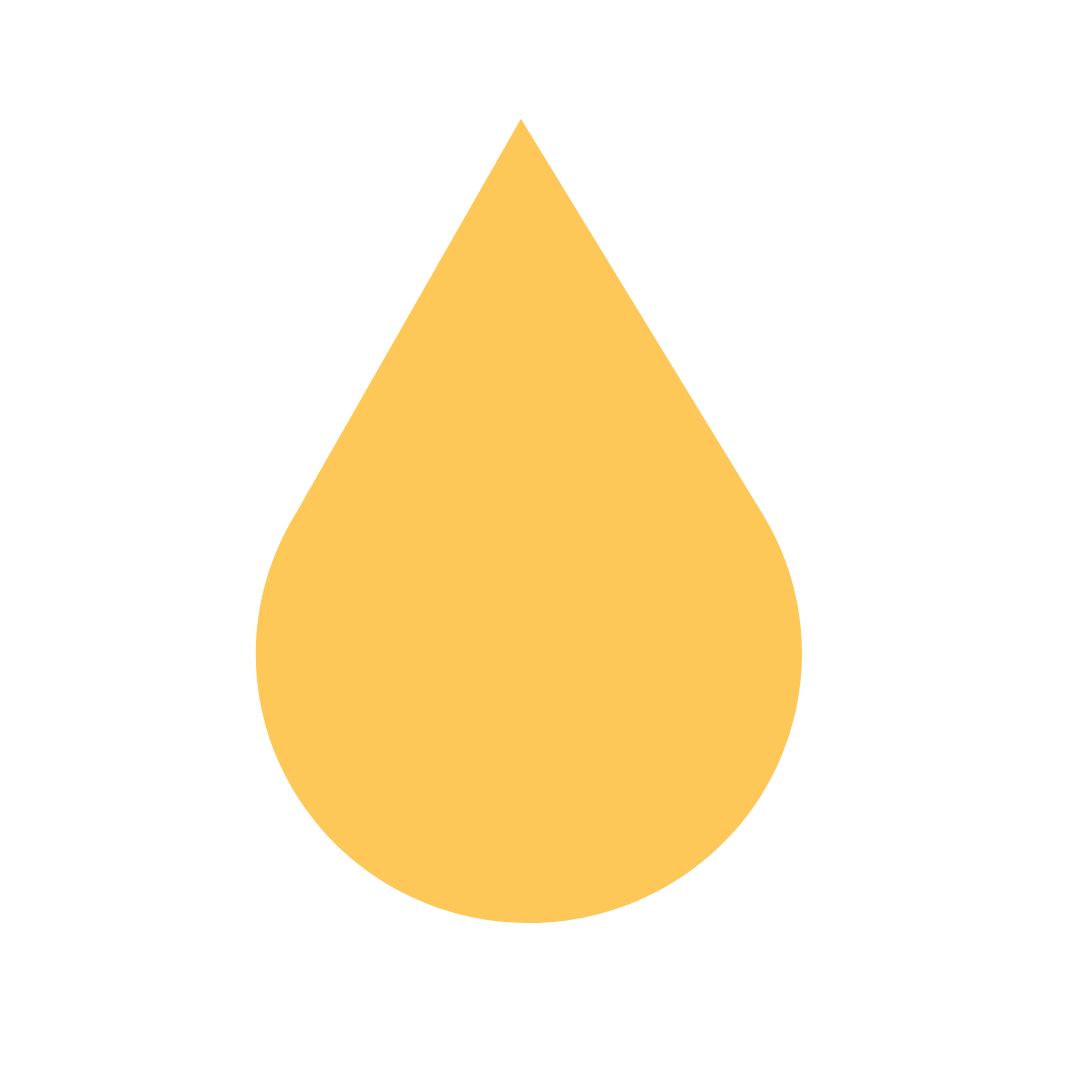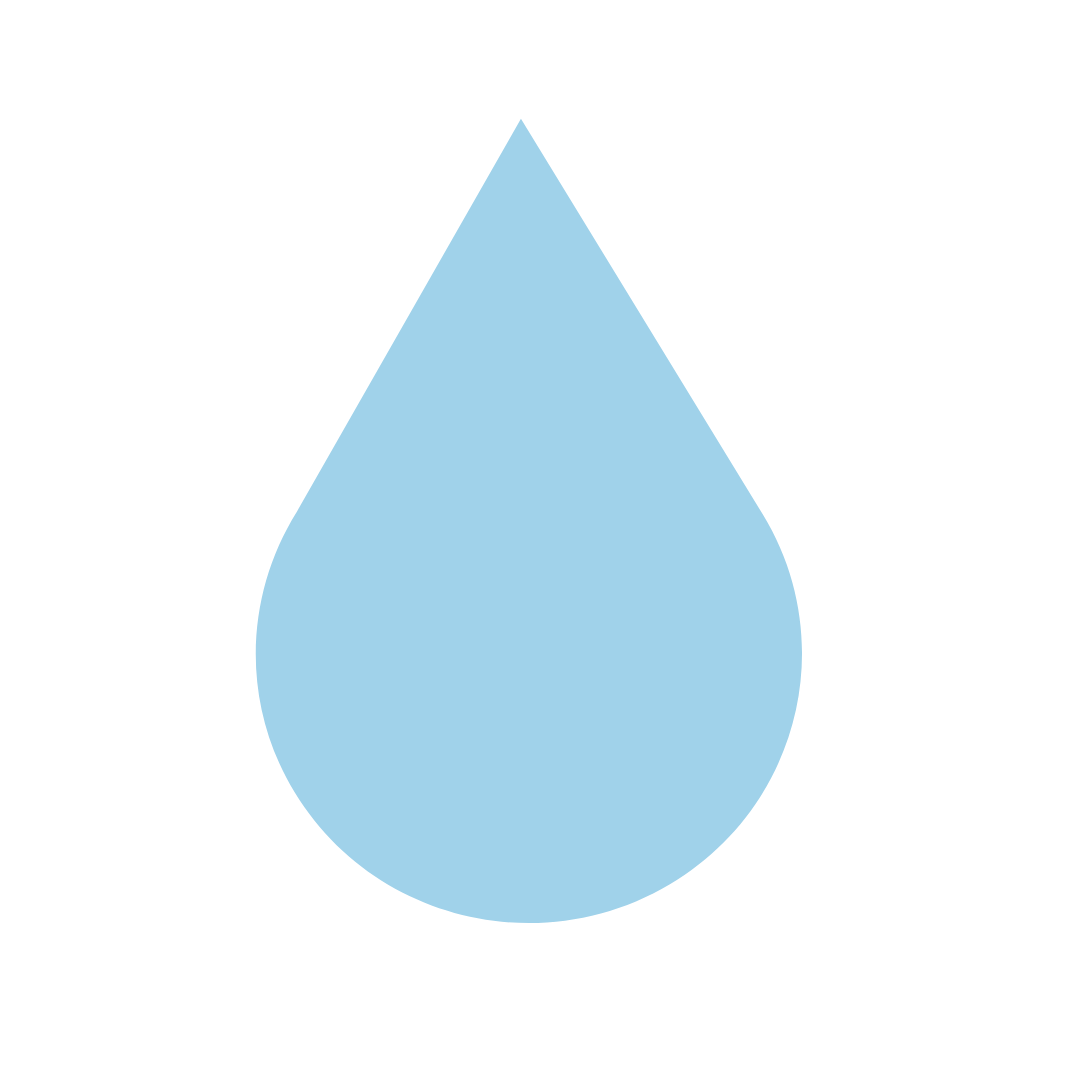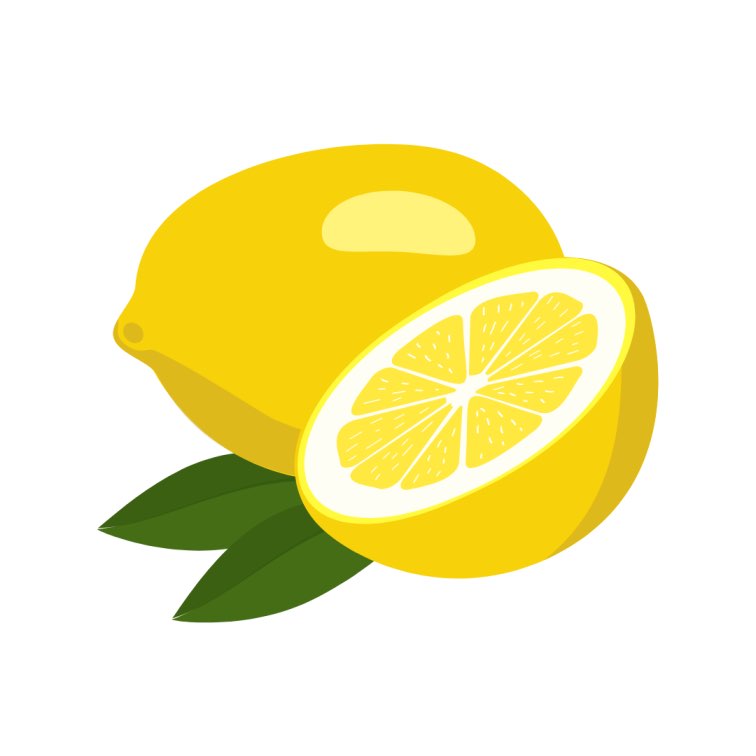What can be recycled? How do you properly recycle? What items aren’t recyclable? These questions are all too common as Americans consistently find themselves dumbfounded by the process. In fact, many think that recycling is more confusing than doing taxes or understanding the opposite sex! If you’re one of them, this blog will help you recycle like a pro.
Recycling: The Basics
While it’s all too easy to toss something in the blue recycling bin and picture it becoming a new product, it’s never that simple. It’s important to remember that recycling is a market based industry—meaning that recycled bottles, bags, cups, and jars are broken down into a material that is sold.
Do you think someone wants to buy that pizza box with moldy pizza stuck in it? What about those broken candle jars with wax still in the bottom?
Probably not.
When an item goes in the recycling bin, it ends up at a Materials Recovery Facility (MRF) where it is sorted, cleaned, and crushed or melted before being sold with other items of the same type. Some items are simply too difficult to process, while others are downright dangerous to the machinery and the people operating them (think: plastic bags that jam the sorting machines).
If you wouldn’t take the time to empty a shampoo bottle or break down a child’s toy so that the plastic pieces and electronics are separate, a MRF likely won’t either.
When we put items like these in the recycling bin, we’re doing what’s been called, “wishcycling.” This is why 25% of items that are tossed in recycling bins are actually trash—requiring more resources to transport it to landfill and sometimes meaning that the whole batch needs to be trashed.
This is why it’s important to know how to recycle like a pro.
How to Recycle Like a Pro: Plastic

So, how do you recycle plastic? First, there are seven types of plastic, some more easy-to-recycle than others: You can know this by looking at the product or packaging itself. You’ll see the “chasing arrows” symbol with a number in the middle.
However, just because you see the symbol that represents the recycling process, know that not all types of plastic are recyclable.
Plastic #1—Polyethylene Terephthalate (PET or PETE): One of most popular types of plastic, you’ll often find plastic #1 in beverage and food bottles. It’s also one of the more commonly accepted types of plastic through curbside recycling programs.
Plastic #2—High-Density Polyethylene (HDPE): Often found in detergent bottles, toys, and milk cartons, this strong type of plastic is generally recyclable (but typically only for milk cartons items in a bottle shape). Toys are almost never recyclable.
Plastic #3—Polyvinyl Chloride (PVC): Also making its way into toys, as well as pipes, medical equipment, and credit cards, PVC is known to leach toxic chemicals and is almost never recycled.
Plastic #4—Low-Density Polyethylene (LDPE): As a more flexible version of HDPE, this plastic is found in things like grocery bags, garbage bags, and sandwich bags. In many cases, it’s only recyclable through supermarket programs.
Plastic #5—Polypropylene (PP): Plastic #5 is one of the more durable, heat-resistant types, meaning it’s useful in hot food containers, disposable diapers, straws, and bottle caps. Some types of PP—like fruit cups, tubs, and yogurt containers—are curbside recyclable, but it’s good to check with your local programs.
Plastic #6—Polystyrene (PS or Styrofoam): Styrofoam is often found in food containers, cups, and egg cartons. Because it’s large and lightweight, it’s generally not worth it to be recycled, meaning any styrofoam you have should go in the trash.
Plastic #7—Other: Used as a catch-all for other types of plastic, #7s are rarely recyclable.
TL;DR: Plastics #1 and 2 are the most commonly accepted types of plastic to be recycled—especially if they’re in bottle or container form. Be sure they’re clean of any food residue and put the lids back on.
Aside from those, check with your local recycling program to be sure of what you can and cannot recycle.
How to Recycle Like a Pro: Paper

While paper is generally easy to recycle, we’re still putting roughly one-third of it into our trash cans! Here’s what to consider to ensure that paper can become “new” paper:
- Keep paper dry and clean. If only parts are soiled, remove those portions and recycle the rest.
- Never shred paper to remove sensitive information. Instead, just cross it out with a black marker.
- Break down boxes so that they’re easier to transport and save additional room in your recycling bin.
It’s also important to check what type of paper is accepted through your local curbside program. In most cases, if you can tear it with your hands, it’s accepted. Do note that a lot of paper is lined with plastic (like receipts) which often aren’t accepted.
How to Recycle Like a Pro: Glass

Glass is one of the easier things to recycle. Well, glass containers, that is. In most cases, all you need to do is rinse the container and carefully drop it in your recycling bin. Here are a few additional things to consider:
- Generally speaking, drinking glasses, light bulbs, mirrors, and windows are not recyclable.
- Broken glass may not be accepted.
Retailers like The Home Depot provide an option for undamaged CFL and LED light bulb recycling. Often, cities will have drop-off days for light bulbs, too.
How to Recycle Like a Pro: Metal

Most types of metal are infinitely recyclable, making them a very valuable material for reuse. Fortunately, most of the types we use regularly (aluminum and steel cans) are accepted through curbside recycling programs.
- Metal cans and cups are often accepted.
- Aerosol cans may be accepted, just be sure to remove the plastic tips and lids.
- In most cases, you don’t have to remove the paper label before recycling (it’s burned off in the process).
- While aluminum is a recyclable material, aluminum foil is almost never accepted through curbside recycling programs.
As far as scrap metal goes, your city may have a drop-off or bulk collection event. Alternatively, local scrap yards may accept it (although they often require a minimum amount). Local artists may put your scrap metal to good use and some companies will pay for metals like platinum, gold, or silver.
Old appliances often contain metal components that are recyclable. EnergyStar provides information about how to recycle them.
How to Recycle Like a Pro: Electronics

E-waste is a huge problem. When electronics end up in landfills, they can leach toxic materials like lead, cadmium, arsenic, and mercury into the environment. These can have negative impacts on health, causing neurological damage, cancer, and diminished IQs—just to name a few.
Not only that, but many of the components found in electronics are highly resource intensive and it truly is a waste to not put them to use again.
Fortunately, recycling electronics helps us close the gap.
- As the largest collector of e-waste, Best Buy accepts appliances, electronics, and fitness equipment to be recycled (up to three items per household per day).
- Partnering with Call2Recycle, Home Depot accepts rechargeable batteries, while most auto care retailers accept car batteries for recycling. It’s generally recommended to throw alkaline batteries away in the garbage, but some cities may collect them during their household hazardous waste or e-waste collection events.
- In addition to Home Depot, Call2Recycle has several drop-off locations for smaller electronics (cellphones) and rechargeable batteries.
- Several electronics manufacturers (HP, Xerox, LG, Staples, etc.) also offer options to recycle or donate electronics. The EPA has a list of the companies and what’s accepted.
How to Recycle Like a Pro: Know what isn’t Recyclable
One of the best ways to properly recycle is to know what isn’t accepted! Here are some items that are almost never curbside recyclable:
- Polystyrene foam and packing peanuts
- Syringes and needles
- Food and yard waste
- Light bulbs, drinking glasses, ceramic dishes, pots, and pans
- Batteries, electronics, and cords
- Hangars and metal chains
- Garden hoses
- Plastic bags and plastic wrap
- Plastic straws and utensils
- Shredded paper
- Blister packaging for prescriptions and contact lenses
- Lightweight produce containers and clamshells made with plastic #1
- Kids’ toys
- Paper cups (often lined with plastic)
- Bubble wrap
- Aluminum foil
- Paper towels, napkins, and toilet paper
- Egg cartons
- Hardcover books
- Plastic shower curtains and liners
- Wood
- Mattresses
Final Thoughts on Recycling
When it comes down to it, knowing proper recycling practices is important. Avoiding recyclables is even better. If you can, practice the other Rs first (reduce and reuse). We make it easy to find products with conscious packaging at Green Eco Dream.
Check out our consciously packaged products below and use code BLOG10 to save 10% on your first order!
If you enjoyed reading this Blog, please share it, and help us get the word out together. Thank you! 😊

























